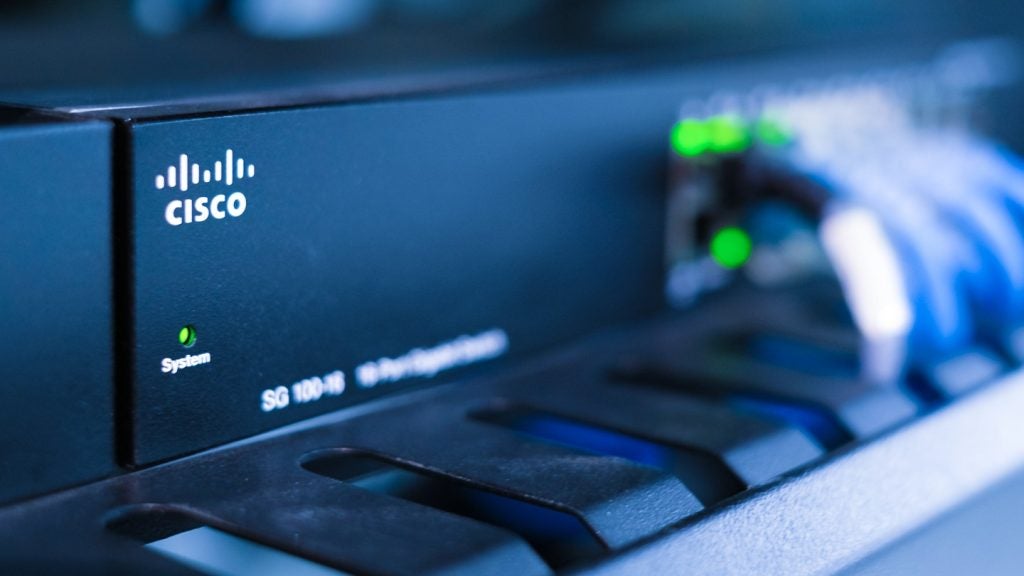Unisys has filed a patent for a processor-based method of creating a secondary index for a B-tree in a database. The method involves creating an empty secondary index, traversing the B-tree to find the leftmost data page, capturing the current system time, placing a read-lock on the data page, retrieving the first primary key value, writing it to control information for the B-tree, creating a secondary index entry, and releasing the read-lock. GlobalData’s report on Unisys gives a 360-degree view of the company including its patenting strategy. Buy the report here.
According to GlobalData’s company profile on Unisys, MITM attack solutions was a key innovation area identified from patents. Unisys's grant share as of September 2023 was 81%. Grant share is based on the ratio of number of grants to total number of patents.
Creating a secondary index for a b-tree in a database
A recently filed patent (Publication Number: US20230315707A1) describes a processor-based method for creating a secondary index for a B-tree in a database management system. The method involves several steps to efficiently create and manage the secondary index.
The first claim outlines the method, which includes creating an empty secondary index, traversing the B-tree to find the leftmost data page, capturing the current system time, placing a read-lock on the data page, retrieving the first primary key value, writing the primary key value to control information for the B-tree, creating a secondary index entry, and releasing the read-lock.
Additional claims provide further details and enhancements to the method. Claim 2 mentions clearing the primary key value, while claim 3 involves determining if the last data page has been reached. Claim 4 specifies that if the last data page has not been reached, a page link is used to move to the next data page, and if the last data page has been reached, the primary key value is cleared.
Claim 5 introduces the concept of making the empty secondary index invisible to other database management system processing. This invisibility extends to INSERT, UPDATE, DELETE, and RETRIEVE processing, as stated in claim 6.
The method also includes capturing the current system time and writing it to control information, as mentioned in claim 7. Claim 8 describes opening an audit trail and moving back to the captured system time, making the secondary index visible to the database management system for INSERT, UPDATE, and DELETE processing.
Claims 9 and 10 involve reading a next committed set of database updates from the audit trail, creating a secondary index modification for each row on each audit trail update, and applying it to the secondary index. Finally, claim 10 mentions clearing the captured system time from control information to indicate completion and making the secondary index visible to the database management system for all processing.
The patent also includes a computer program product, as described in claims 11 to 20. These claims outline the steps performed by a processor of a computing system to create the secondary index, similar to the processor-based method described earlier.
In summary, the filed patent presents a detailed method and computer program product for creating a secondary index for a B-tree in a database management system. The method includes various steps to efficiently process and manage the secondary index, while the computer program product provides instructions for executing these steps.
To know more about GlobalData’s detailed insights on Unisys, buy the report here.
Premium Insights
From

The gold standard of business intelligence.
Blending expert knowledge with cutting-edge technology, GlobalData’s unrivalled proprietary data will enable you to decode what’s happening in your market. You can make better informed decisions and gain a future-proof advantage over your competitors.





